Binance temporarily halted all futures trading on August 29 after detecting a problem in its Unified Margin system for USD-margined contracts. The exchange announced the suspension on X and said engineers were investigating the fault. Because Unified Margin lets traders pool collateral across multiple derivatives products, the disruption cascaded across every futures instrument on the venue and forced a full pause while the team worked on a fix.
Roughly 20 to 30 minutes later Binance reported that the issue had been resolved and that futures markets were back online. The company did not immediately share a root cause or a detailed incident report. Trading resumed in stages as connectivity stabilized and order books refilled. During the outage many users were unable to open or close positions, which heightened concerns about risk controls in highly leveraged markets that can move quickly even over short intervals.
The event underscored the benefits and trade offs of cross margin systems. Unified Margin improves capital efficiency by allowing a single collateral pool to support many positions. When that shared layer has a fault the blast radius can be wide because collateral, positions and risk checks are tightly linked. For active traders the interruption was a reminder that operational resilience, clear status updates and robust failover procedures are as important as liquidity and low fees.
Context matters for scale. Binance routinely hosts futures open interest measured in tens of billions of dollars and handles heavy traffic during volatile periods. Past disruptions across major venues have often occurred during peak activity windows. Market participants will watch for any follow-up from Binance that explains what went wrong and what safeguards will be added. For now the platform is fully operational again, but the incident has renewed discussion about redundancy, circuit breakers and contingency plans on centralized derivatives exchanges.

.svg)

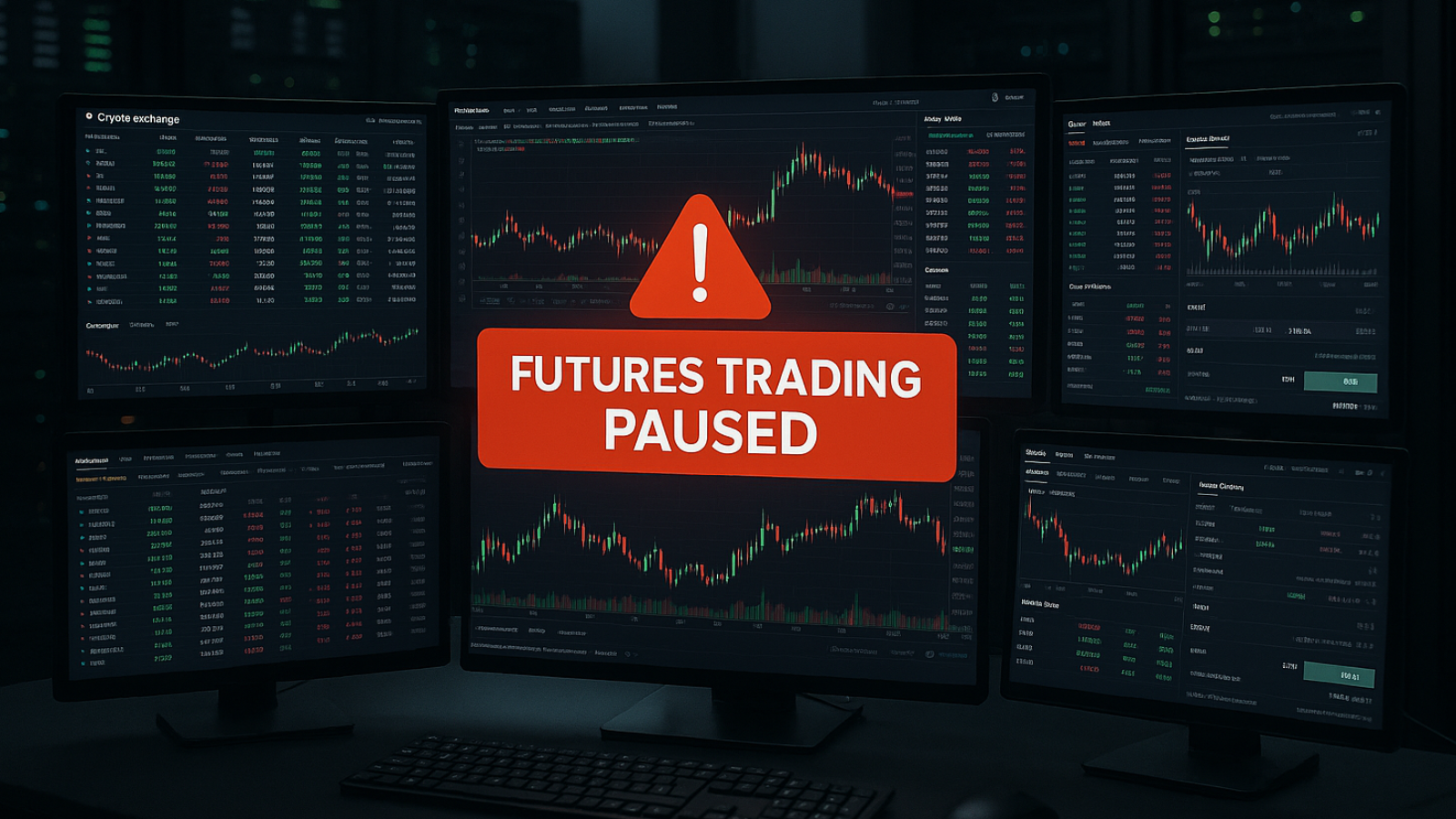

















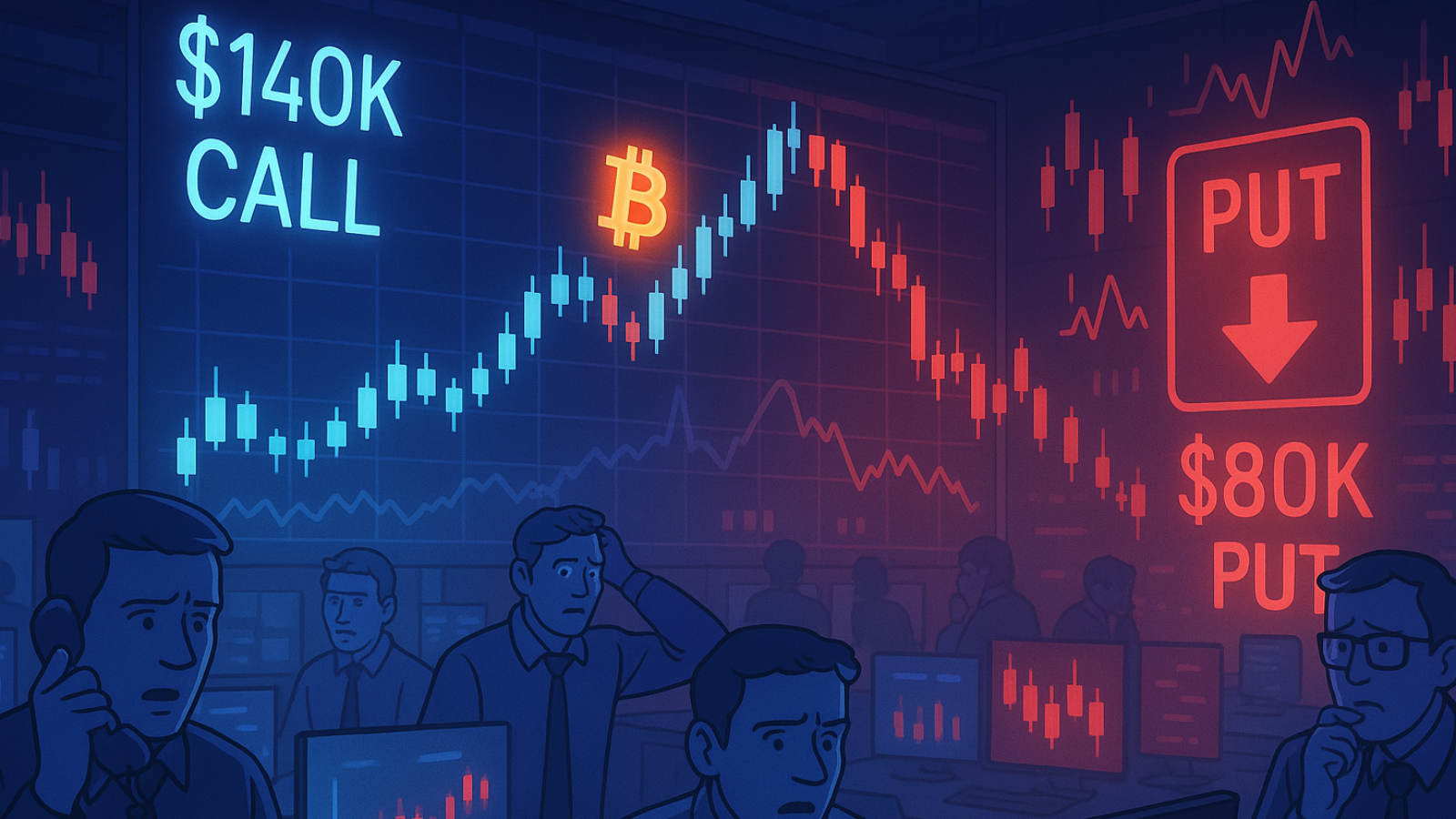












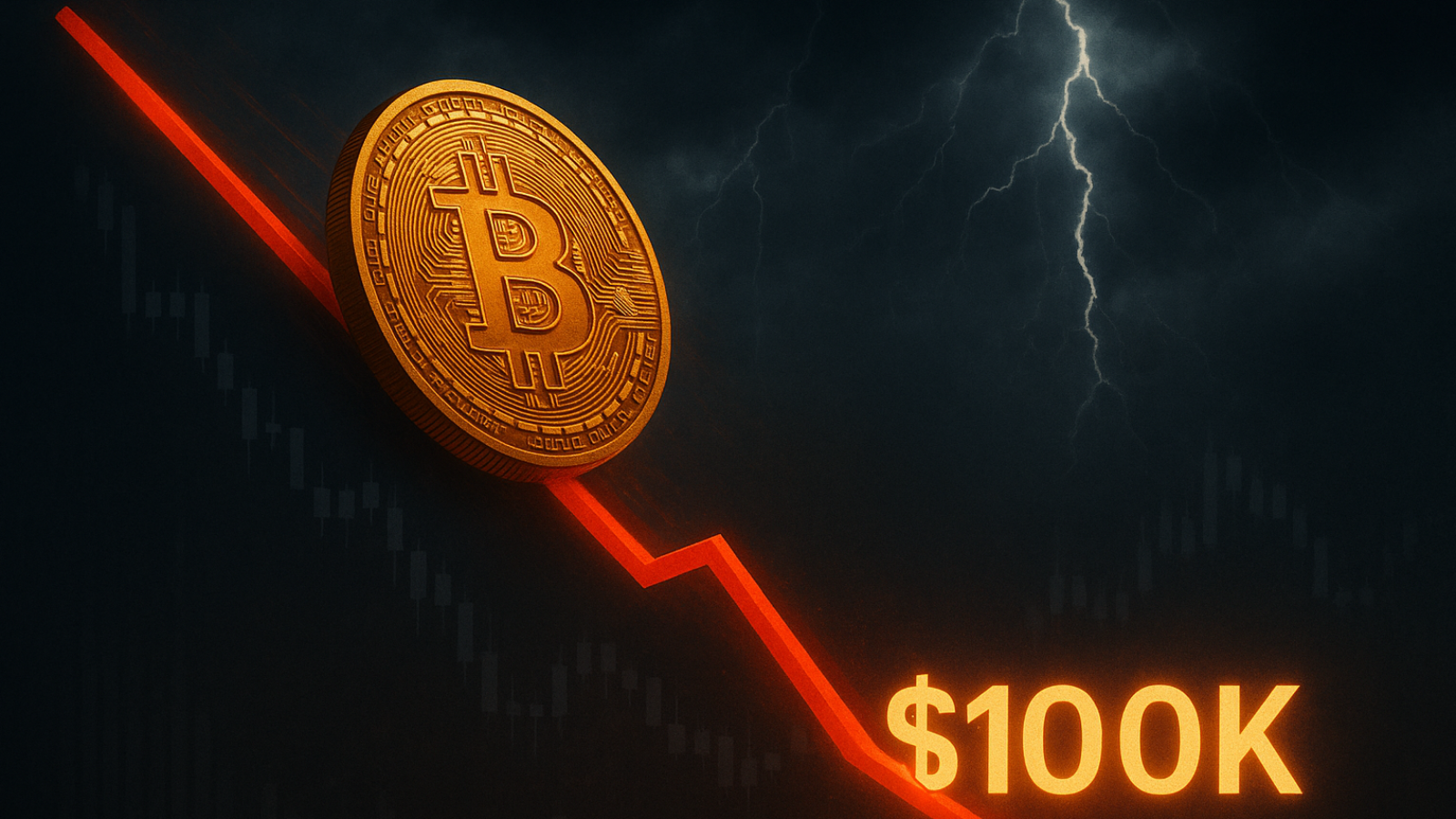
























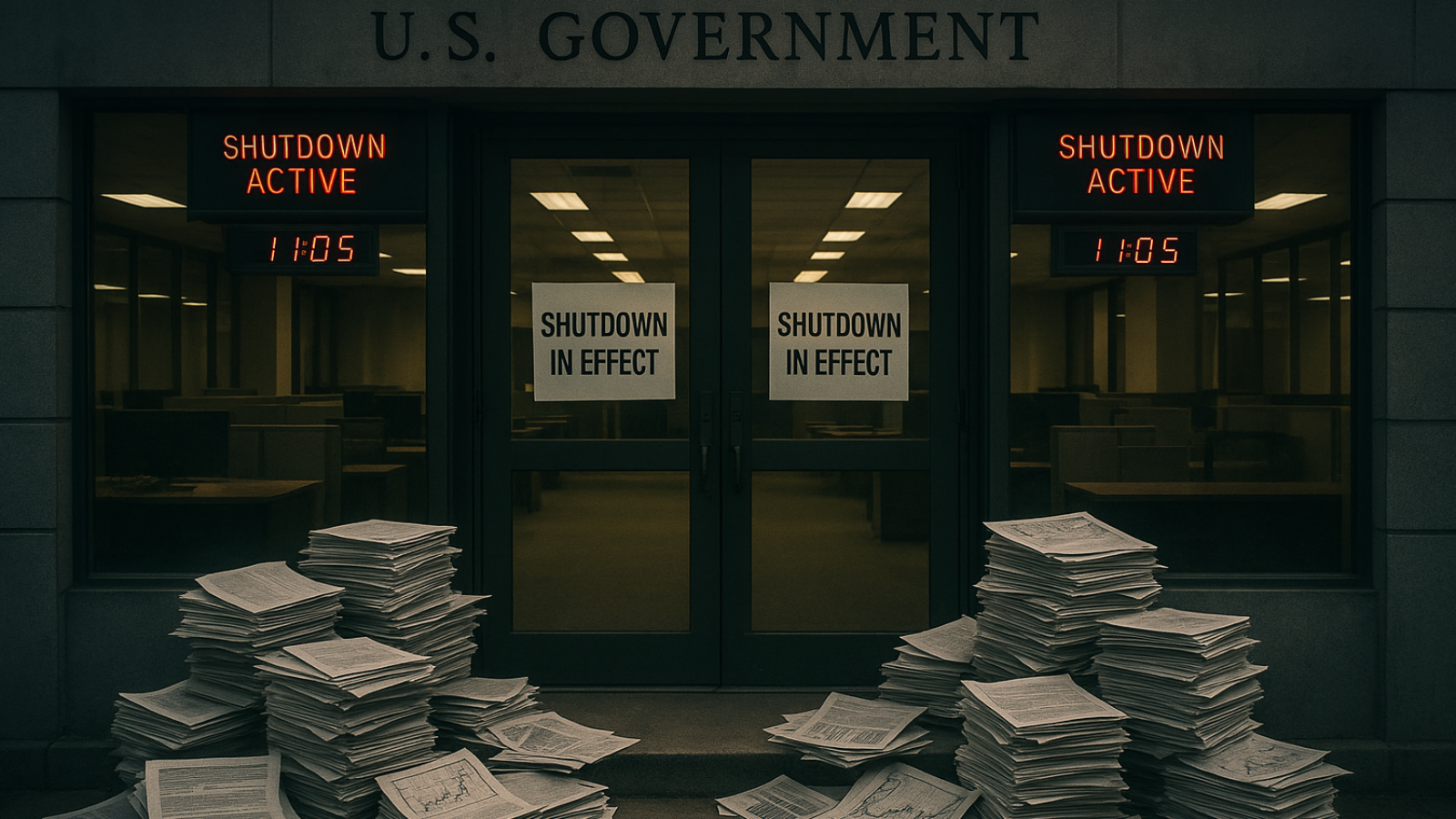






















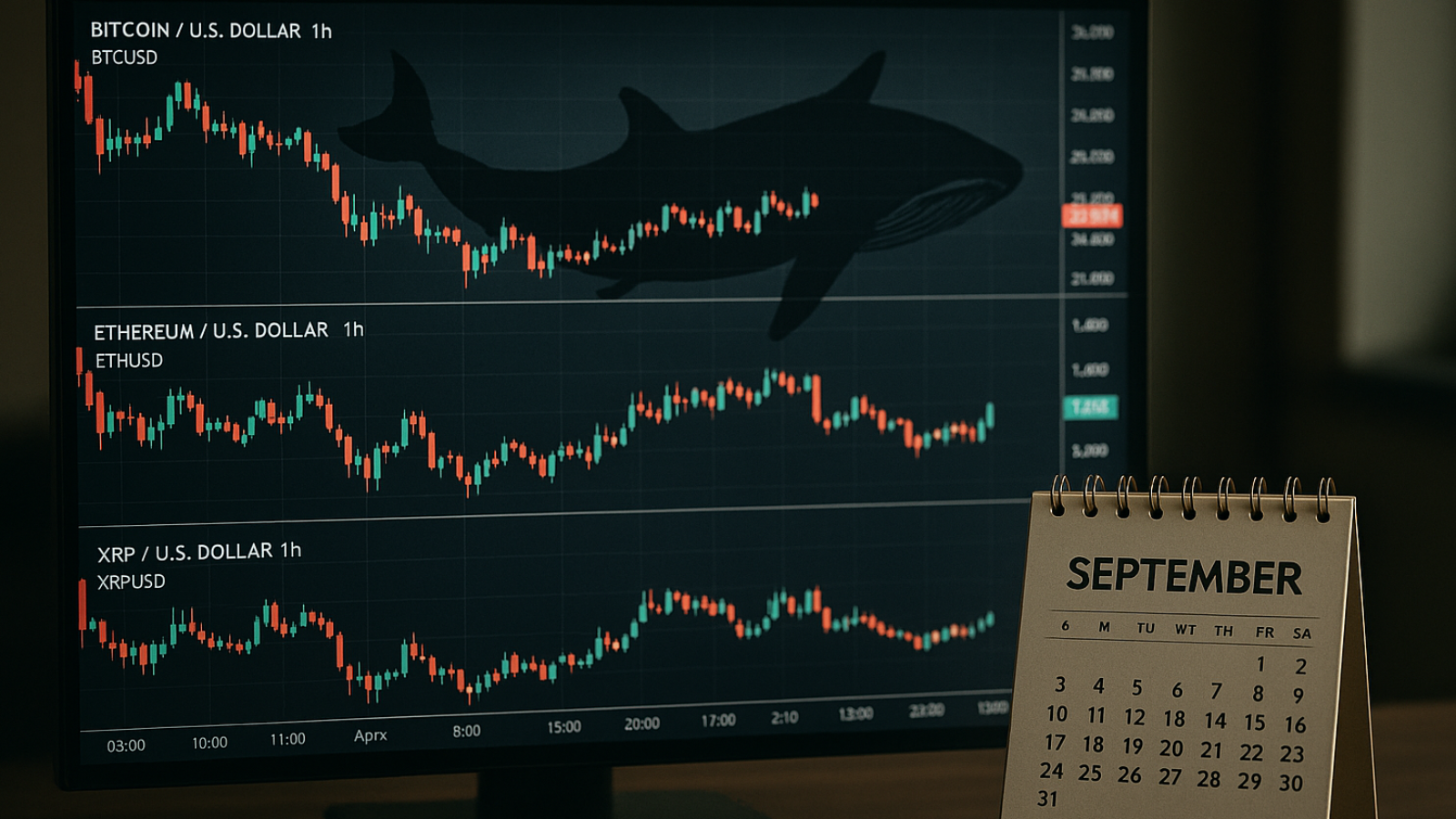





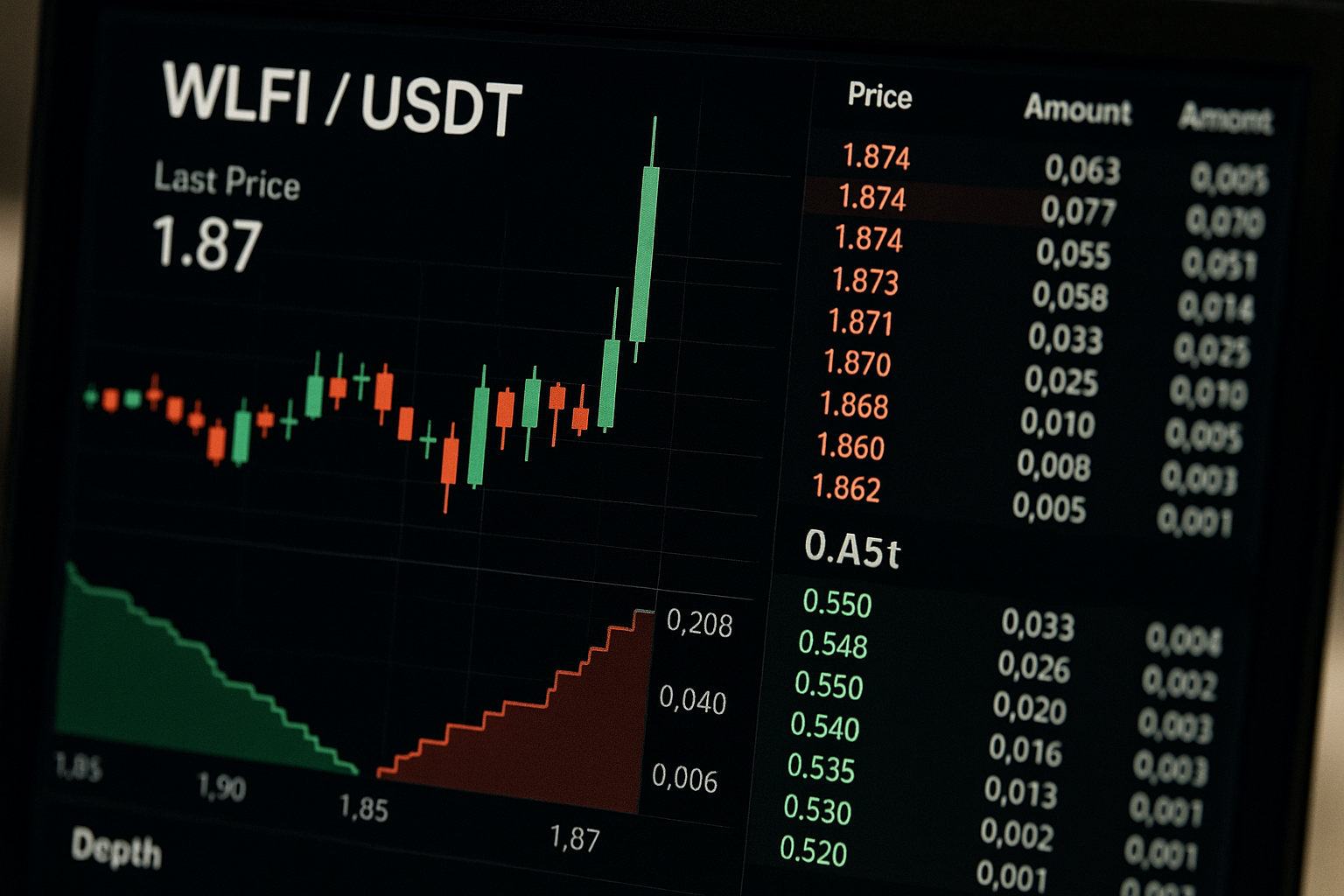




.png)
.png)


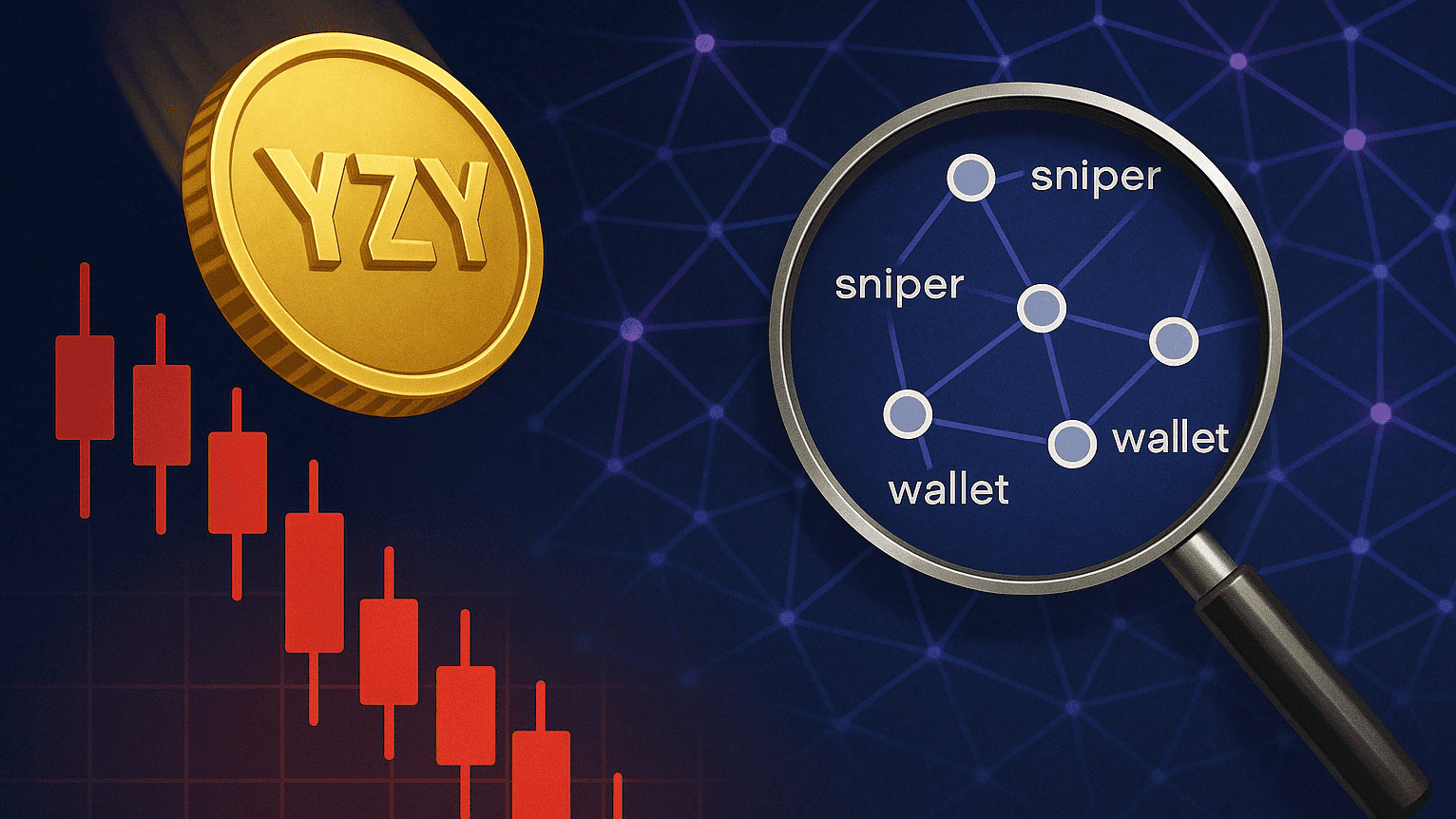
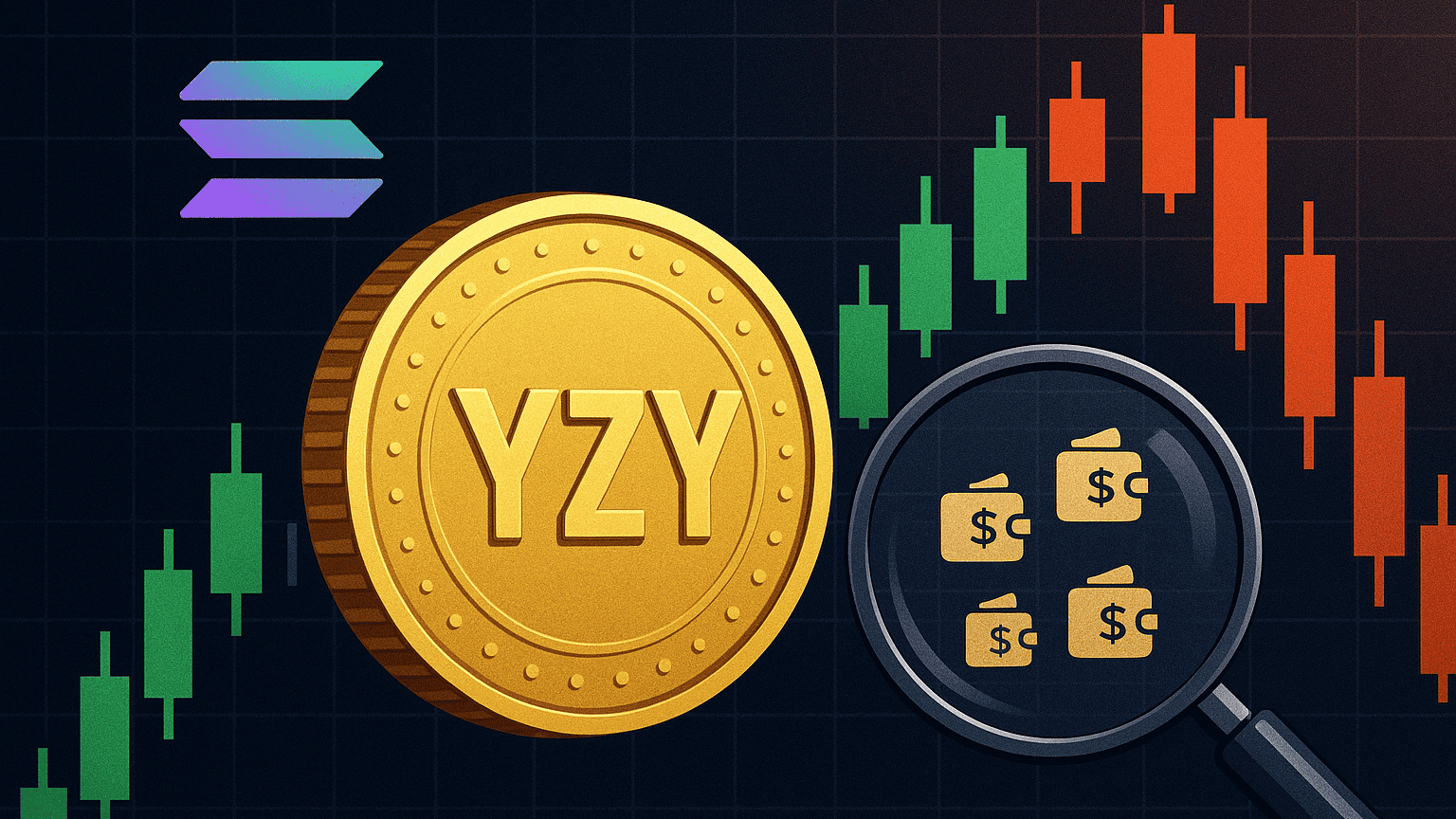









.svg)
.svg)
.svg)
.svg)
.svg)
.svg)